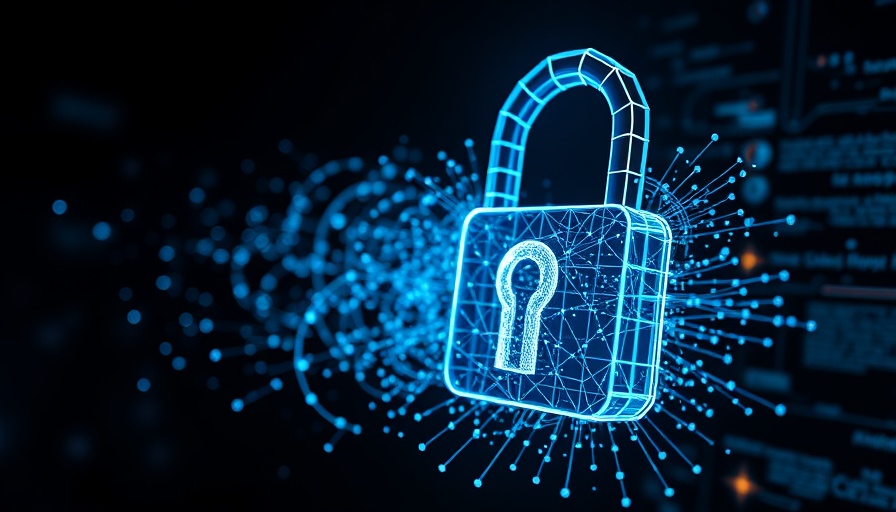
Understanding Internet Throttling: A Hidden Dilemma
In the age of streaming, gaming, and remote work, slow internet speeds can throw a wrench in your daily activities. You might find yourself in a situation where your connection feels sluggish without any apparent reason. This may be because your internet service provider (ISP) is intentionally throttling your speed. But what exactly does this mean, and how can you safeguard your internet connection?
Is Your ISP Throttling Your Internet?
Internet throttling occurs when an ISP deliberately slows down a user's internet connection. It can manifest as reduced speeds during peak hours or when accessing specific content, and while such practices are technically illegal in many places, they still occur. To assess if you're a victim of throttling, look for signs such as:
- Speed tests showing significant fluctuations.
- Consistent slowdowns when using high-bandwidth applications like streaming or gaming.
- Noticeable drops in speed during certain times of the day.
Initial Steps to Troubleshoot Slow Internet
Before jumping to conclusions about throttling, it’s essential to troubleshoot your home network. Simple fixes can include:
- Restarting your modem or router to refresh the connection.
- Relocating your router to improve coverage.
- Switching between Wi-Fi bands to alleviate congestion.
If these steps don’t resolve the issue, you may want to explore upgrading your network equipment or internet plan, especially if multiple users frequent your network.
Why Using a VPN Could Be Your Best Defense
If potential throttling is confirmed, a Virtual Private Network (VPN) could be a crucial tool for protecting your internet connection. A VPN masks your online activity, making it harder for ISPs to track your usage and enforce throttling. This can help maintain your internet speeds, especially when streaming or gaming.
Future Insights: The Implications of Throttling
As the demand for high-speed internet continues to soar, the conversation around net neutrality and throttling practices is becoming increasingly relevant. Consumers face the risk of tiered internet service that favors certain companies or services over others, impacting how we consume content and engage online. Without widespread regulations, the situation might escalate, making it imperative for users to be proactive in understanding their rights.
Conclusion: Empowering Yourself Against Throttling
Whether you are working from home, streaming your favorite shows, or engaging in online gaming, understanding internet throttling and knowing how to combat it can significantly enhance your online experience. Keep an eye on your internet performance and consider investing in a VPN for better protection. Empower yourself with the knowledge needed to secure your connection and enjoy the speed you pay for.
 Add Row
Add Row  Add
Add 




Write A Comment